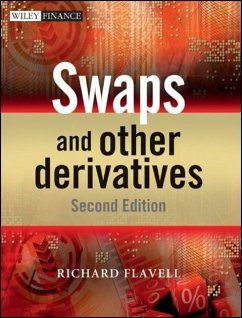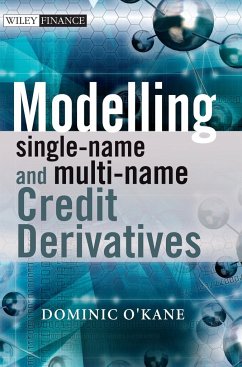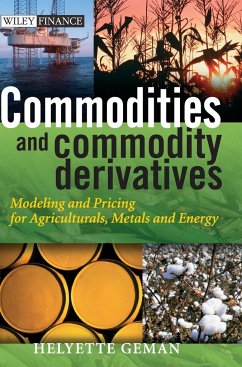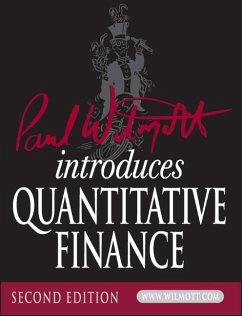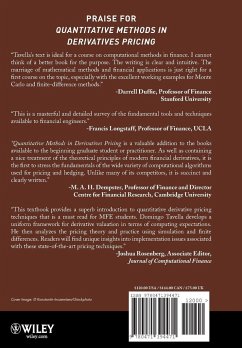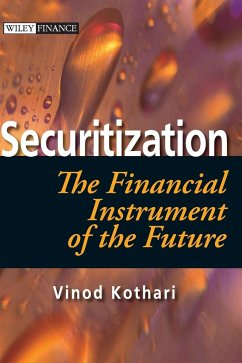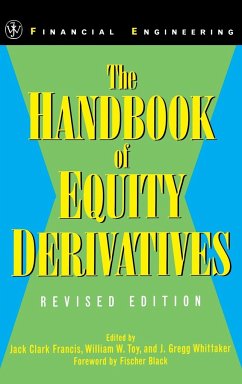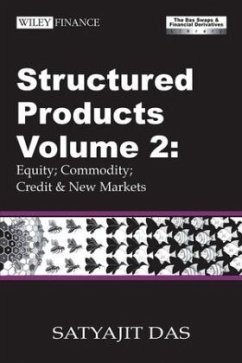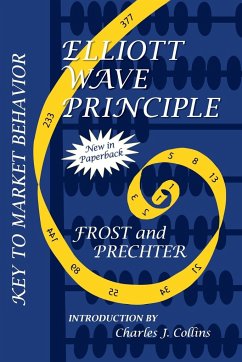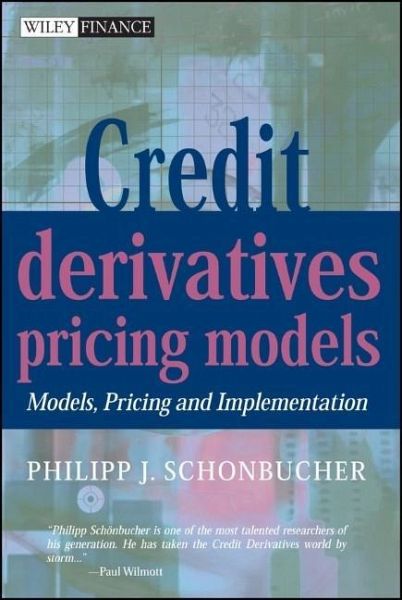
Credit Derivatives Pricing Models
Models, Pricing and Implementation

PAYBACK Punkte
80 °P sammeln!
The credit derivatives market is booming and, for the first time, expanding into the banking sector which previously has had very little exposure to quantitative modeling. This phenomenon has forced a large number of professionals to confront this issue for the first time. Credit Derivatives Pricing Models provides an extremely comprehensive overview of the most current areas in credit risk modeling as applied to the pricing of credit derivatives. As one of the first books to uniquely focus on pricing, this title is also an excellent complement to other books on the application of credit deriv...
The credit derivatives market is booming and, for the first time, expanding into the banking sector which previously has had very little exposure to quantitative modeling. This phenomenon has forced a large number of professionals to confront this issue for the first time. Credit Derivatives Pricing Models provides an extremely comprehensive overview of the most current areas in credit risk modeling as applied to the pricing of credit derivatives. As one of the first books to uniquely focus on pricing, this title is also an excellent complement to other books on the application of credit derivatives. Based on proven techniques that have been tested time and again, this comprehensive resource provides readers with the knowledge and guidance to effectively use credit derivatives pricing models. Filled with relevant examples that are applied to real-world pricing problems, Credit Derivatives Pricing Models paves a clear path for a better understanding of this complex issue.
Dr. Philippe J. Schonbucher is a professor at the University of Bonn, Germany, and has degrees in mathematics from Oxford University and a PhD in economics from Bonn University. He has taught various training courses organized by ICM and CIFT, and lectured at risk conferences for practitioners on credit derivatives pricing, credit risk modeling, and implementation.
Dr. Philippe J. Schonbucher is a professor at the University of Bonn, Germany, and has degrees in mathematics from Oxford University and a PhD in economics from Bonn University. He has taught various training courses organized by ICM and CIFT, and lectured at risk conferences for practitioners on credit derivatives pricing, credit risk modeling, and implementation.



